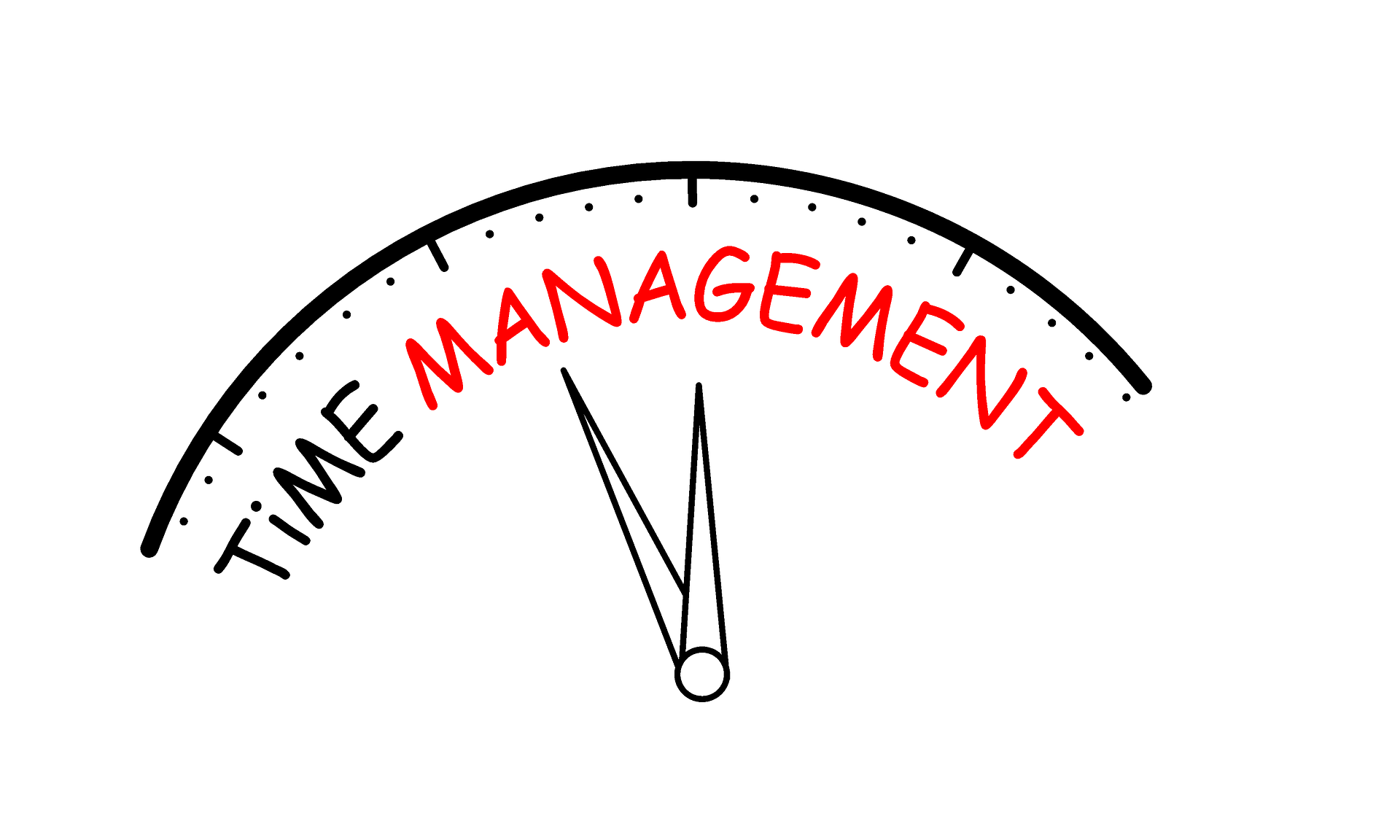10 EFFECTIVE TIME MANAGEMENT TIPS FOR THE SMALL BUSINESS
If you own or work in a small business, you always need more time. There’s never enough time to deal with customers, employees, vendors, developing new products and so on, not to mention all that red tape. Please note 10 productive ways small business employees can squeeze more time out of their demanding days.
- Do one thing at a time. Most entrepreneurs are great multi-taskers, but there’s a limit to how many things you can do at once without (1) taking away from the quality of your work and (2) slowing down the process. Set aside time to focus on just one task and finish it.
- Reduce non-work chat. In a research done by trackvia.com, chatting with co-workers takes up most of the wasted time at work. Some of this kind of non-work related talk may still be necessary in the workplace. Cutting down on the non-necessary chat will dramatically reduce wasted time.
- Just say no. The easiest way to keep something off your to-do list is to not put it there in the first place Before you take on a clearly difficult client or a new project, stop and ask yourself, “What’s this going to do for my workweek and my bottom line.”
- Delegate. Even if you can do everything yourself — and probably better than an employee or contractor — based on your function, should you? Isn’t your time better used on income-producing activities? Get help, then delegate.
- Automate. Consider activities that you perform repeatedly, either manually or with an old software program. You can probably do them faster and better with a mobile app or cloud-based application.
- Online Distractions. Some experts estimate that between 60 and 80 percent of the time employees spend on the Internet at work has nothing to do with their jobs. Social networking sites can be some of the most distracting. However, sites like LinkedIn, are accepted as legitimate business tools, while others, like FaceBook and Twitter, are “a little bit more social.”
- Designate time to check email. Constantly checking your in-box and reading e-mails can be a time-killer. You can improve productivity by designating reading time every 60 or 90 minutes. For some job functions, constant communication is part of the job and establishing a schedule might not be realistic.
- Start and finish meetings on time. Instill a company culture where everyone is present and ready-to-go for a meeting at its scheduled start time, and each meeting promptly finishes at its schedule end time. If a person delays the start of a 4-person meeting by 15-minutes, 1-hour of collective work time has been lost.
- Determine if a meeting is necessary. Look at your meeting agenda and see if the topics can be discussed through email, phone or even a quick Skype chat. If that’s the case, then don’t bother wasting your time by discussing it for hours inside a meeting or conference room.
- Make a list at the end of the day. Before the end of your work day, organize the next day’s tasks so you can hit the ground running the next morning.

